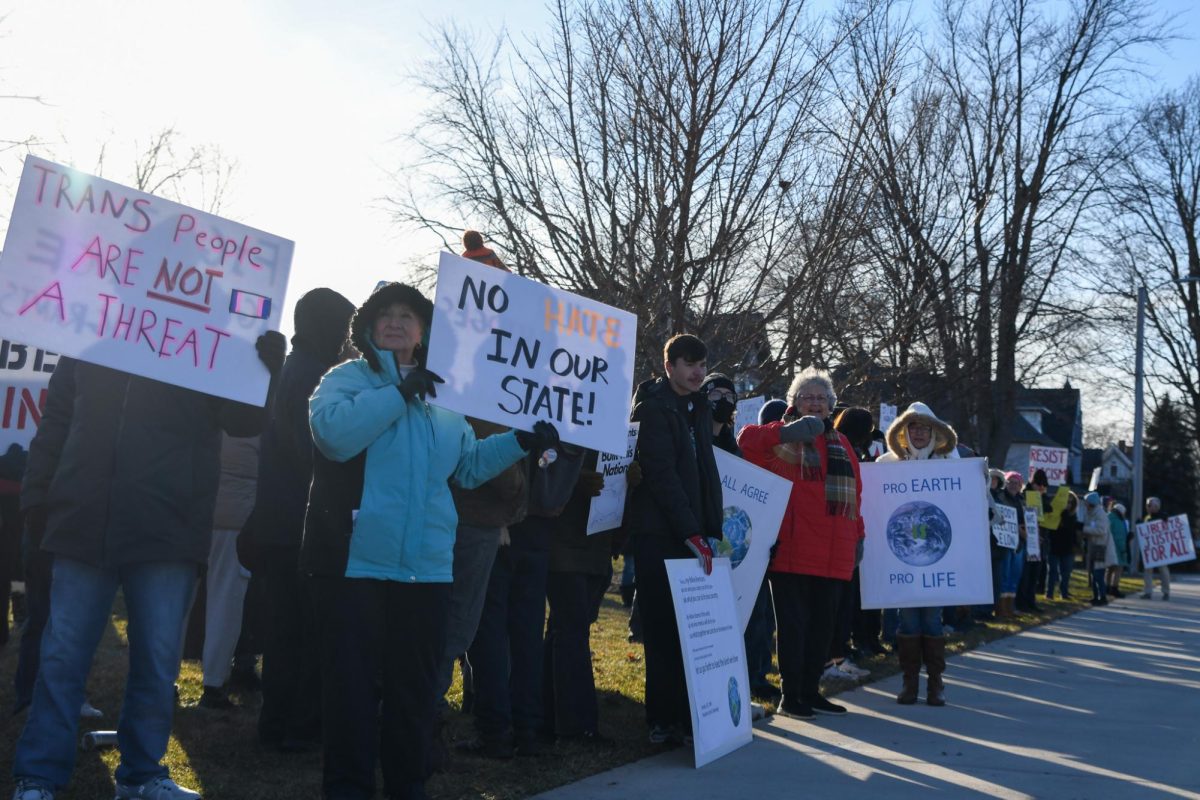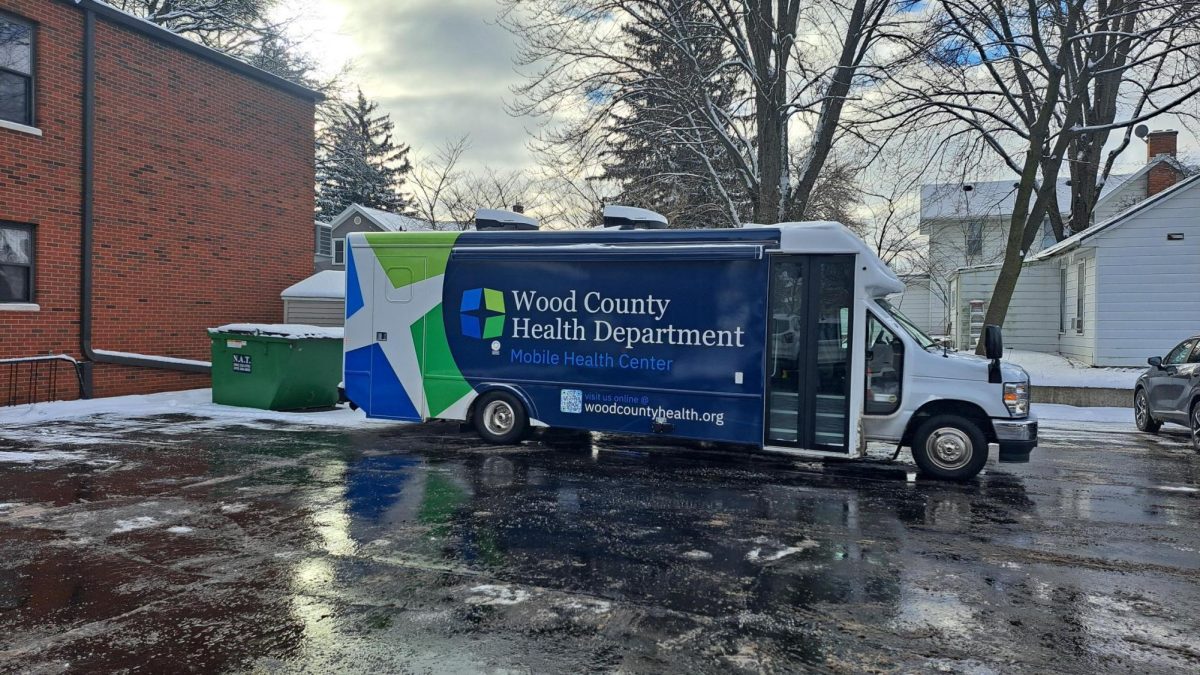COVID-19 update
As of Sept. 29, cases have surged to 90 new cases and an average of 73 new cases reported each day, according to the Ohio Department of Health. Wood County is now at a total of 16,410 total cases and 210 deaths have occurred.
In total, the state of Ohio is at 1.43 million cases with 22,273 deaths. On Oct. 3rd the CDC, reported that Ohio’s population with one dose of the vaccine is at 54.5% and 50.4% are fully vaccinated. In total 12.2 million total doses have been given and 5.9 million are fully vaccinated.
Eligible Ohioans can now get their COVID-19 booster shots at a pharmacy, federally qualified health center, doctor’s offices, community vaccination site or a local health department.
Dayton Daily News has reported that although the state has hit another peak in COVID-19 cases, experts are saying that this could be the pandemic’s last great wave. Recent data has now shown that the Delta variant may be beginning to decline in Ohio.
Critical shortage of Type-O blood in hospitals
Across the Ohio and Michigan region in the U.S., the American Red Cross announced on Sept. 28, that donors are needed to alleviate a critical shortage of O blood type.
Due to the Delta variant causing a surge in COVID-19 cases across the country, blood donor turnout has reached the lowest levels of the year as many people delayed giving amid a return to the workplace and in-person learning. As the cases began to spike, blood donor participation decreased 10%.
Amidst the decrease in blood product distributions, hospitals have been able to remain strong throughout their storages and significantly outpacing blood donations in recent weeks. Since 2015, the National Red Cross Blood has stated that their inventory is the lowest it’s been at this time of year with less than a day’s supply of certain blood types.
The O-positive blood type is the more common blood type, 38% of the population obtain O-positive, whereas only 7% of the population have this O-negative blood type.
If able, reach out and schedule an appointment to give blood or platelets by using the Red Cross Blood Donor App. Or, you can visit RedCrossBlood.org, call (1-800-733-2767) or find a blood drive clinic close to you.
Social media shutdown
On Oct. 4, Facebook and its family of apps, like Instagram and WhatsApp, were unusable for hours. Showing error messages around 11:40 a.m. Eastern Time, users noticed within minutes Facebook had disappeared from the internet.
Speculations surfaced since the initial shutdown and KrebsonSecurity reported, “Sometime this morning Facebook took away the map telling the world’s computers how to find its various online properties.”
Theorists have been all over social media as to why our beloved social media platforms crashed for over five hours, but what is agreed upon is that Facebook’s Domain Name System records became unreachable. The question posed: “why did the BGP routes disappear in the first wired?”
“This is a massive hack tied to Sunday night’s ‘60 minute episode in which a facebook whistleblower said that Facebook is intentionally misleading the public,’” according to an article from Vice.
In reality, it could’ve been a simple mistake causing the crash, but conspiracies have come up and previous problems are causing even more speculation to be fired at Facebook.
Since the shutdown users have fled to the last standing social media platform, Twitter, where memes were quickly made and many feel as if it’s a good thing that the platforms crashed. Users feel as if the world would be better without social media consuming our lives.
@TheTweetOfGod tweeted at 12:21 p.m.; “Instagram and Facebook are currently not working, as are democracy, society and a healthy sense of self.”
All of these platforms are up and running again but if there’s one thing internet users have learned since the crash, it’s that conspiracy theories can spread across the internet just fine without Facebook.
Recreation marijuana coming to Ohio in 2022
In 2016, legislature legalized medical marijuana in Ohio.
According to the Ohio Capital Journal, as of May 2021, 19 states reported a total of $7.9 billion dollars in tax revenue from legal, adult-use maijuana sales and in addition generated statewide budgets. Cities and towns have also generated new revenue from local adult-use cannabis taxes.
In late August, Ohio approved ballot language for recreational cannabis legalization. This could take the form of forcing the state legislature to vote through the traditional legislative process or through an initiated statute by a group called Coalition to Regulate Marijuana.
Either would work to legalize the possession of marijuana for personal use or for anyone older than 21 years of age.
Researchers believe that legalizing marijuana will generate more taxes for the state than alcohol does. Ohio generated $113.6 million in taxes on alcohol sales last year therefore making an 8% increase since 2019.
The Tax Foundation has already predicted Ohio’s future for state tax collection from legalization, which is predicted at $220 million annually.
The initiated statue is gathering signatures to send their language to the Ohio legislature; as of now and if the legislature doesn’t take action on the bill, organizers, if received enough signatures, could put the issue on the ballot in Ohio as early as November 2022.













